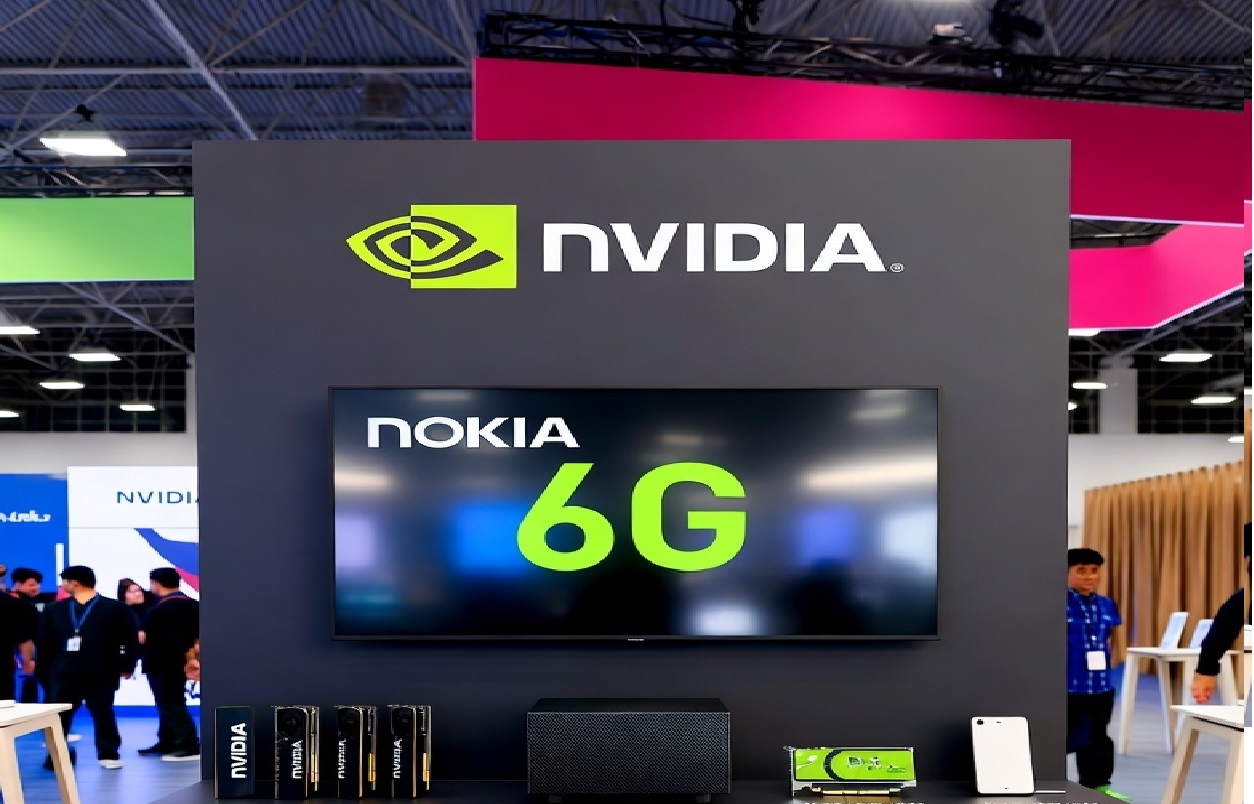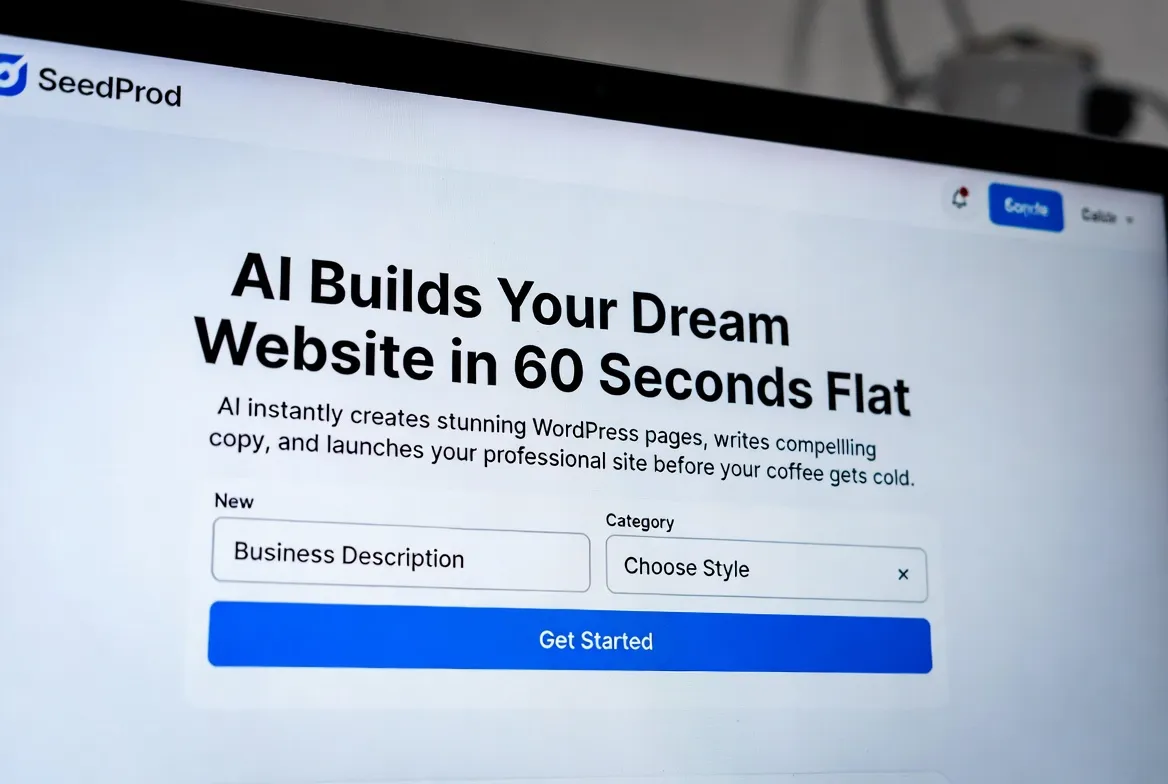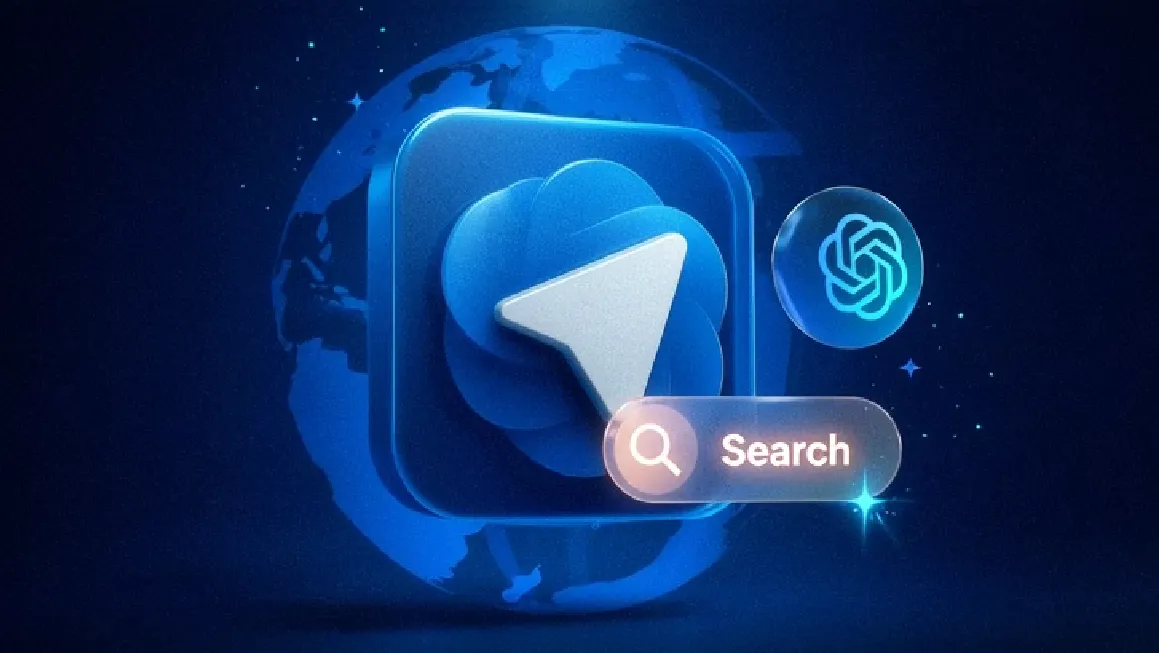In the ever-evolving landscape of telecommunications, where innovation often feels like a high-stakes game of chess, Nokia is making a masterful countermove. On October 28, 2025, the Finnish powerhouse unveiled a landmark partnership with NVIDIA, the AI computing titan, backed by a staggering $1 billion investment. This isn’t merely a financial lifeline—it’s a strategic fusion of Nokia’s network expertise and NVIDIA’s silicon prowess, aimed at pioneering 6G infrastructure infused with artificial intelligence at its core.
As a blogger who’s tracked Nokia’s twists and turns from its glory days of the Nokia 3310 to its gritty pivot into enterprise 5G, I can’t help but see this as the company’s most promising chapter yet. With NVIDIA acquiring a 2.9% stake (approximately 166 million shares at $6.01 each), the duo is positioning itself to redefine wireless networks—not as passive pipes for data, but as intelligent ecosystems that anticipate, adapt, and empower the AI revolution.
The Anatomy of the Deal: Investment Meets Innovation
At first glance, $1 billion might sound like venture capital fireworks, but dig deeper, and it’s a calculated blueprint for the future. NVIDIA’s funds will fuel collaborative R&D into an “AI-RAN” (AI-Radio Access Network) platform, embedding NVIDIA’s Grace Blackwell GPUs directly into telecom hardware. This means base stations that evolve from signal relays into smart nodes capable of real-time decision-making.
Nokia’s CEO, Pekka Lundmark, captured the essence in a recent statement: “We’re not just building faster networks; we’re creating AI data centers in the palm of your hand.” NVIDIA’s Jensen Huang echoed the sentiment, framing the alliance as a pivotal step in reclaiming U.S. leadership in global telecom standards—a subtle nod to the geopolitical chessboard where 5G saw Western players play catch-up.
The timeline is aggressive: Expect AI-RAN prototypes as early as 2026, with commercial 6G pilots lighting up by 2028. In a market analysts project to eclipse $1 trillion by 2035, this positions Nokia-NVIDIA at the vanguard, blending connectivity with compute in ways that could disrupt everything from edge AI to autonomous systems.
Why 6G and AI Are the Perfect Storm
To grasp the magnitude, consider 5G’s legacy: It delivered blazing speeds and low latency, fueling the IoT boom and remote work era. But 6G? It’s the quantum leap—promising terabit-per-second throughput, sub-millisecond latencies, and integrated sensing that turns networks into environmental radars.
Layer in AI, and the possibilities ignite:
- Autonomous Optimization: Networks that dynamically allocate spectrum, predict outages, and optimize energy use—potentially cutting consumption by 30-50% in an industry notorious for its carbon footprint.
- Immersive Experiences: Holographic communications, augmented reality overlays, and hyper-personalized services where your device “understands” context without a whisper from the cloud.
- Enterprise Goldmine: For businesses, it’s a gateway to scalable AI at the edge, enabling everything from predictive manufacturing to real-time supply chain orchestration.
NVIDIA, with its $3.5 trillion market cap, isn’t investing blindly. As the architect of AI’s foundational infrastructure, they recognize 6G as the neural network for tomorrow’s data deluge—handling zettabytes from generative models, smart cities, and beyond.
Related Posts
Nokia’s Trajectory: From 5G Headwinds to 6G Tailwinds
Nokia’s path hasn’t been linear. Post its consumer mobile missteps, the company reinvented itself as a 5G infrastructure leader, securing deals with AT&T, Verizon, and beyond. Yet, recent quarters painted a tougher picture: Softening operator spending amid economic jitters, and intensified rivalry from Ericsson and a geopolitically constrained Huawei.
This NVIDIA infusion changes the narrative. Nokia’s shares surged over 10% in the immediate aftermath, brushing decade highs and underscoring investor confidence. It’s a diversification play, too—shifting emphasis from hardware-heavy 5G to software-defined, AI-centric 6G architectures that promise higher margins and stickier customer relationships.
Of course, no renaissance is without thorns. Integration challenges between legacy systems and AI overlays loom large, as do regulatory mazes around spectrum allocation. Privacy concerns in an always-sensing world? Non-negotiable. But Nokia’s track record in standards bodies like 3GPP suggests they’re built for the long haul.
Charting the Course: Implications for Investors and Innovators
For investors, this signals Nokia as a sleeper pick in the AI-telco nexus—undervalued relative to pure-play chipmakers, yet primed for rerating as 6G narratives heat up. Broader ripples? It could accelerate Western dominance in next-gen standards, easing supply chain tensions and fostering secure, AI-native networks.
As we close out 2025, this partnership feels like a microcosm of tech’s grand bargain: Collaboration over silos, foresight over reaction. Nokia isn’t just returning—it’s rearchitecting the invisible threads that bind our digital lives.
What say you?
Is this the catalyst Nokia needs to reclaim its throne, or a high-wire act in a volatile market? Share your thoughts in the comments.



